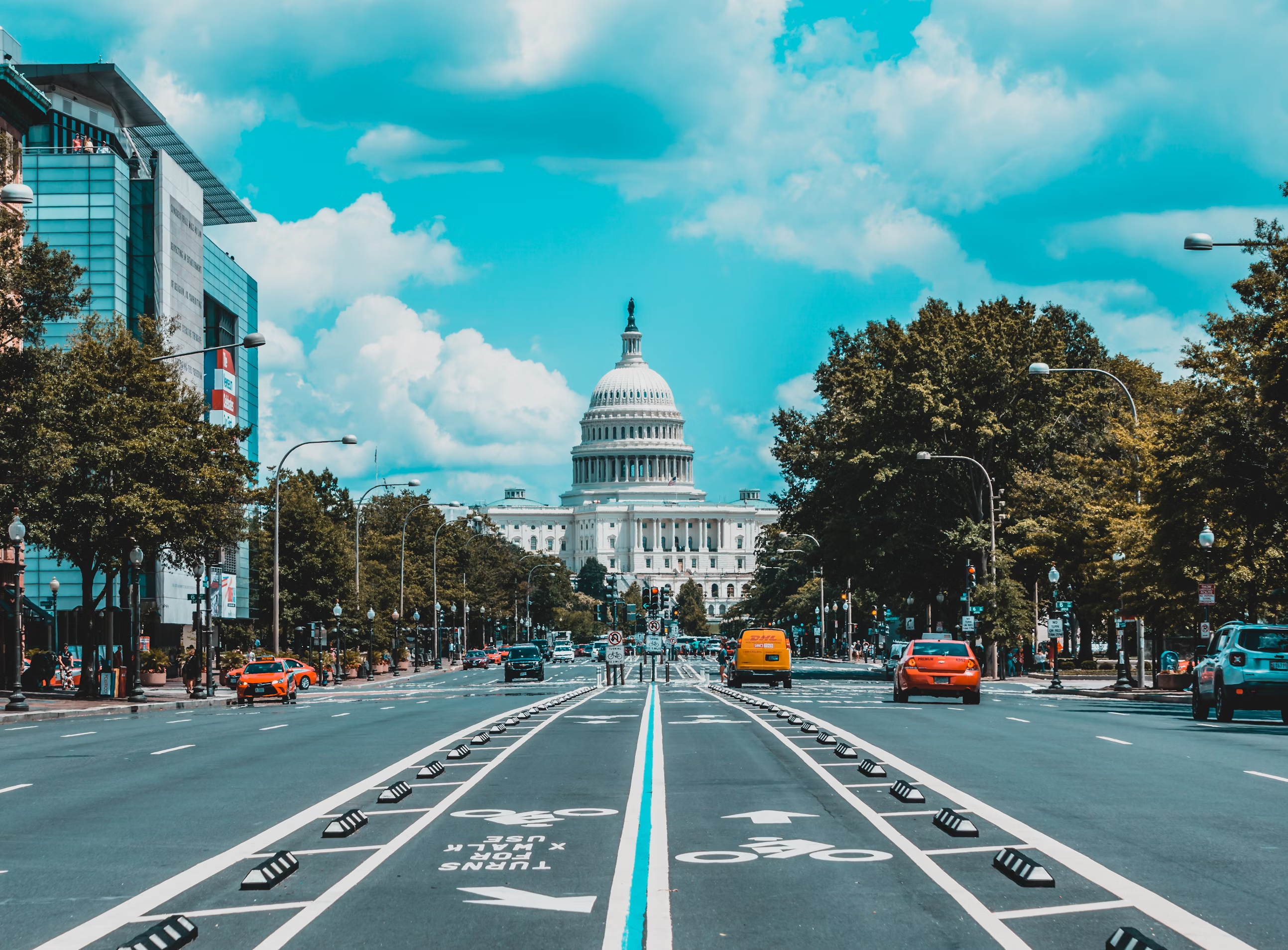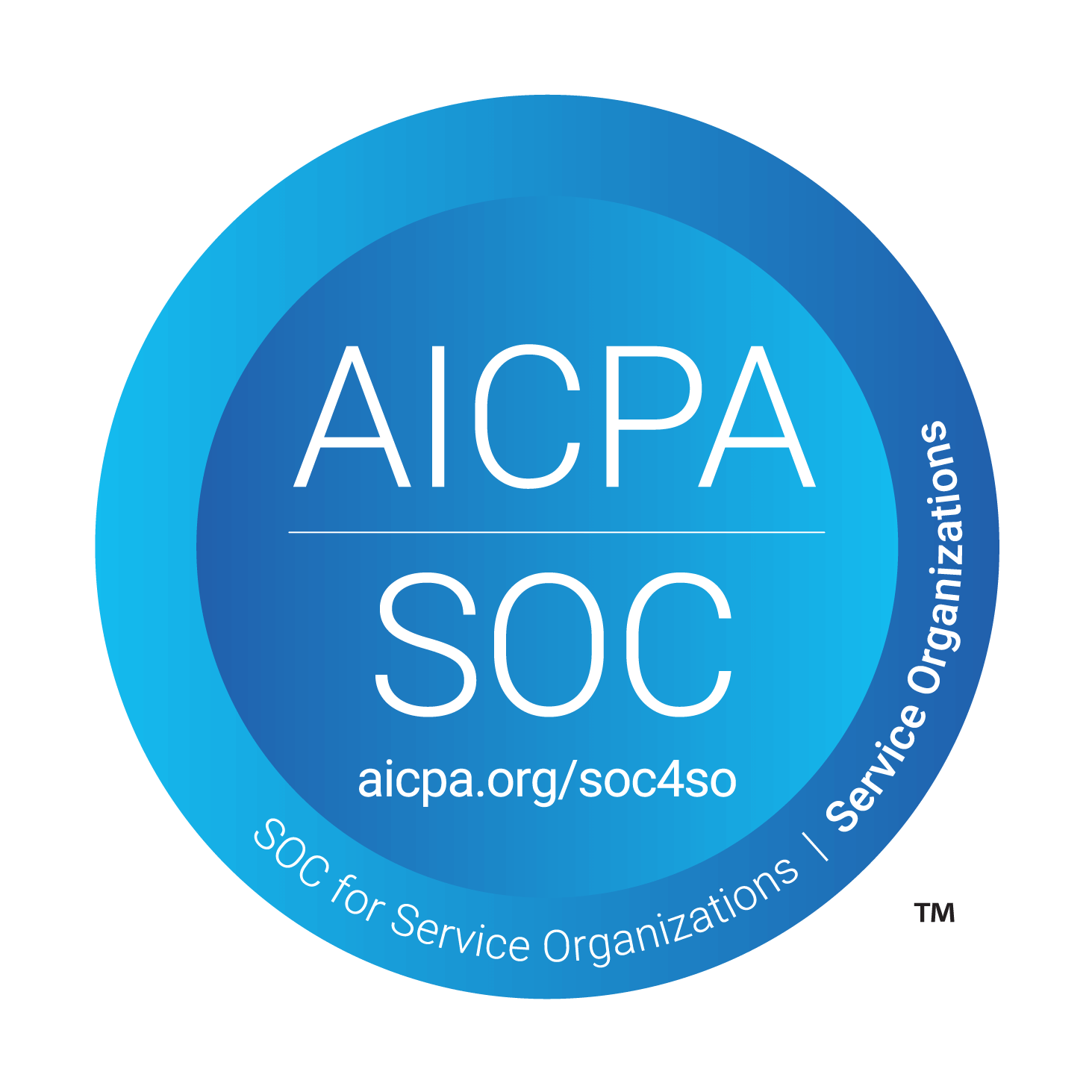For decades, the H-1B visa has been a gateway for highly skilled professionals from around the world to work in the United States. Each year, the demand for these visas far exceeds the 85,000 spots, including 65,000 for the “regular cap” and 20,000 reserved for advanced degree holders from U.S. institutions.
Currently, when applications exceed the cap, USCIS uses a random lottery to select which petitions move forward. But that may soon change.
The Department of Homeland Security (DHS) recently advanced a proposed rule called Weighted Selection Process for Registrants and Petitioners Seeking to File Cap-Subject H-1B Petitions (RIN 1615-AD01).
Here’s where things stand:
- July 17, 2025 – DHS submitted the proposed rule to the White House’s Office of Management and Budget (OMB) for review.
- August 8, 2025 – OMB, through the Office of Information and Regulatory Affairs (OIRA), approved the proposal.
- Next Step – The proposal will be published in the Federal Register, kicking off a public comment period (likely 60 days).
- Possible Implementation – If finalized without major delays, the system could be in place as early as the FY 2026 H-1B cap season (March 2026).
Under the proposed system, selection wouldn’t be left entirely to chance. Instead, USCIS would rank registrations by the offered wage relative to the prevailing wage for that occupation and location, as determined by the Department of Labor.
The idea is to prioritize roles that pay more, assuming higher wages signal higher skill levels or greater economic value.
The Lottery System Within The New Wage-Based Proposal
Even under the proposed wage-based selection system, there would still be an element of lottery involved, but it would work differently than it does now. In the current system, every cap-subject registration has an equal chance in a completely random draw. In the proposed system, USCIS would first rank all registrations by wage level, starting with Level IV (highest) down to Level I (lowest). They would then select registrations in order of wage level until either:
- The cap is reached, or
- All registrations in that wage level have been selected.
If the number of registrations within a wage tier is still greater than the remaining slots, a lottery would happen only for that tier. In this new system, the lottery will be used as a tie-breaker among applicants in the same wage band, not across the entire pool.
The 4 Level Wage Tiers
The wage-based system would use the Department of Labor’s four prevailing wage levels:
In practice, USCIS would start with Level IV applicants. If spots remain after selecting all Level IV registrations, they would move to Level III, then Level II, and finally Level I. Within each tier, if applications still exceed available spots, a lottery would occur only among that tier.
Why This Change Matters?
Potential Benefits: The wage-based model could encourage employers to offer competitive salaries, which can help attract and retain top talent. It may also place greater emphasis on high-impact, high-skill positions that contribute significantly to innovation and economic growth. Additionally, the system could reduce misuse of the program for lower-wage positions, ensuring that H-1B visas are allocated to roles that truly require specialized expertise.
Potential Challenges: Despite its potential advantages, the wage-based system also presents challenges. Entry-level applicants, including recent U.S. graduates on Optional Practical Training (OPT), may face greater difficulty securing a visa, as their salaries often fall into lower wage tiers. Smaller employers, nonprofits, and educational institutions could also struggle to compete with large corporations on salary offers, potentially limiting their ability to hire foreign talent. There is also a risk that some employers might inflate salaries during registration to improve their selection odds, leading to compliance and enforcement issues later in the process.
What Happens Next?
Here’s the expected path forward:
- Federal Register Publication – The full text of the proposed rule is released.
- Public Comment Period – Employers, universities, advocacy groups, and individuals can submit feedback (usually 60 days).
- Review & Revisions – DHS may adjust the rule based on comments.
- Final Rule Issued – Sets the official effective date and clarifies implementation details.
- Implementation – If timed right, it could begin with the March 2026 registration window for FY 2027 H-1B visas.
If your organization sponsors H-1B workers, or you’re a potential applicant, now is the time to prepare. Start by understanding the prevailing wage levels for your role and location, and ensure your salary structures are well-documented for compliance purposes.
It’s also important to plan hiring timelines carefully, especially if you aim to target higher wage tiers that may receive priority under the new system. Finally, keep a close watch on the Federal Register and USCIS announcements for official updates and exact rule details.
This proposed shift from lottery to wage-based selection represents one of the most significant changes to the H-1B process in years. While the aim is to prioritize higher-paid, high-skill positions, the ripple effects will touch employers, employees, and educational institutions alike.
At Casium, we partner with both companies and individuals to make navigating U.S. immigration smoother, clearer, and more strategic. For employers, we help you understand the H-1B process and explore alternative visa pathways so you can hire and retain the talent you need without losing momentum. For individuals, we guide you through your options beyond the H-1B, helping you focus on advancing your career while we handle the legal and procedural challenges. Backed by a strong team of experienced lawyers and dedicated case managers, we ensure every case is built to highlight your strengths and meet the highest standards for approval. If you’re ready to take the next step, connect with us for a free profile evaluation and start your journey with confidence.



























.svg)
.svg)
.svg)





